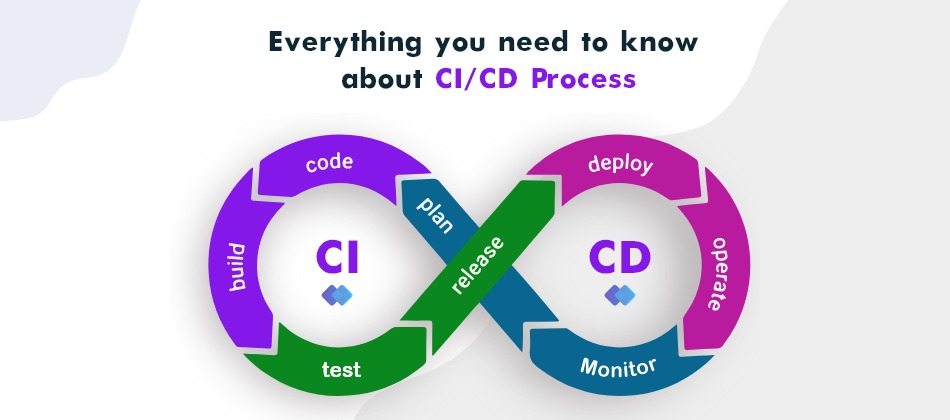
CI and CD are two acronyms that are used in the modern app development process and DevOps. CI is mainly continuous integration, a fundamental DevOps best practice where developers merge codes into the central repository. But CD means continuous delivery.
Read along with B2C Info Solutions the leading app development company to know more about this.
What is CI/CD?
CI/CD is a short form for continuous integration and continuous delivery. It is the combination of principles, practices and capabilities that allow for software changes of all kinds of users in a quick, repeatable and safe manner.
Continuous integration is a prerequisite for CI/CD and requires:
The job of continuous integration is to produce an artifact that can be deployed. The role of automated tests in CI is to verify that the artifact for the given version of code is safe to be deployed.
In the practice of Continuous Delivery, code changes are also continuously deployed. Although the deployments are triggered manually. If the entire process of moving code from source repository to production is fully automated, the Continuous Deployment.
How does CI/CD integration help enhance collaboration and quality?
Continuous integration is a development process backed by mechanic process mechanics and some automation. When practicing CI, developers commit their code into the version control repository frequently and most teams have a minimal standard of committing code at least daily. The logic behind this is basically identifying software defects and other software quality errors over an extensive period of time. In addition to that when developers work on shorter commit cycles, it is like for the number of developers to be editing the same code. So it is quite convenient for them.
Most CI/CD tools provide freedom to developers to kick off builds on demand, triggered by the code commits in the version control repository or a defined schedule. The team needs to discuss the schedule which works best as per the size of the team, the number of daily commits expected, and other application considerations. A best practice to ensure that commits and builds are fast otherwise it will hamper the progress of teams trying to code fast and swiftly.
What are the basic differences between CI and CD?
A common question that often strikes about CI and CD is what are the differences between the two?
Continuous Integration (CI) assists software development teams and workflows. The greatest obstacle for several development teams is feature development. Many organizations work under so much work pressure to deliver quickly with innovation and quality. Working with code involves developing, merging conflicts, and testing. The solution is to utilize CI to integrate development changes in an automated fashion, thereby improving the feature’s development process of working.
Whereas Continuous Delivery (CD) is an extension of continuous integration since it automatically deploys all code changes to the testing and/ or production environment after the build stage. This means that on top of automated testing, you have an automated release process and you can deploy your application any time clicking a button.
What are the benefits of the CI/CD pipeline?
CI/CD pipelines offer several benefits to organizations and cross-functional software delivery teams. Here are some key benefits that our experts are providing you after having a discussion with CI/CD platform users.
Various CI/CD Tools and Platforms
There are several relevant solutions for incorporating CI/CD capabilities. GitLab, GitHub Actions, and harness are some CI/CD tools and platforms that can be helpful for creating CI/CD pipelines for your software requirements.
Get well tested and tried CI/CD solutions with B2C Info Solutions
Every organization with software services aims to deliver digital products to users in this era of competition. CI/CD is the top area of improvement for organizations and teams looking to deliver theirs without any problem. This blog from our team of experts has provided you with a complete guide to CI/CD and much more than that.
However, if you have any other questions or queries then feel free to connect with our experts at info@b2cinfosolutions.com.




